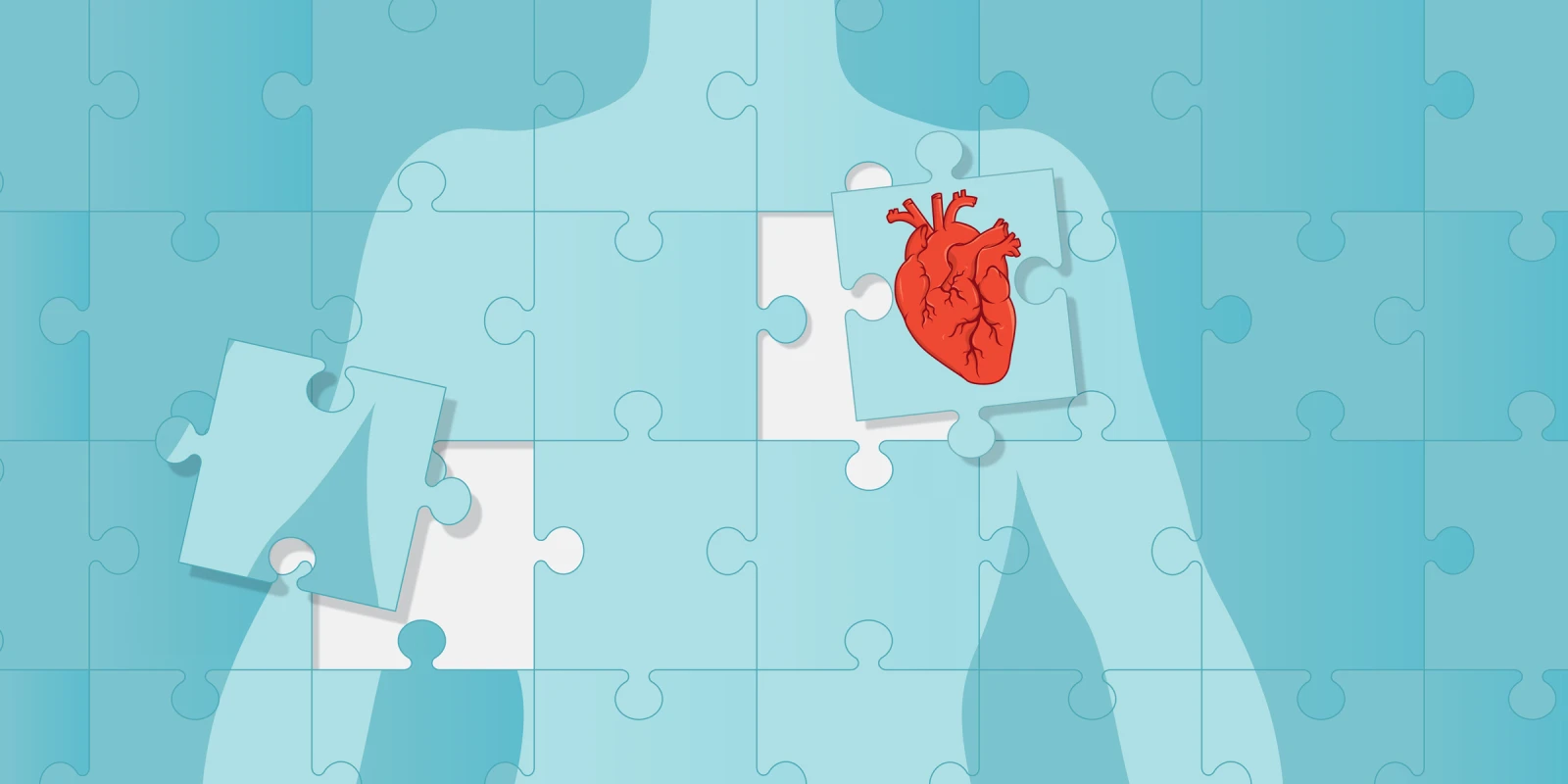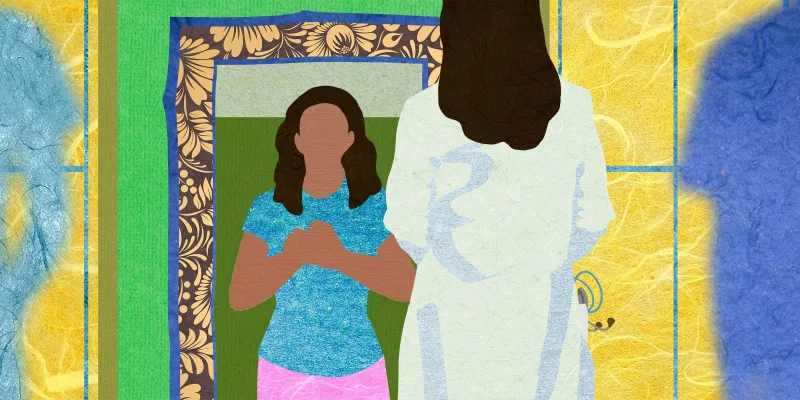Ghana saves tens of millions of dollars each year through a single medical procedure.
What procedure? Cardiac surgery. Investing in cardiac surgery has enabled Ghana’s health care system to reduce patients’ time to receive care and has allowed patients to return home sooner. It has enabled the country to train a homegrown clinical workforce. It has created local jobs and strengthened supply chains, benefiting the economy. Finally, it has saved thousands of lives each year.
Worldwide, more than 30 million people live with rheumatic heart disease. And more than one million babies are born with congenital heart defects each year. The burden of ischemic heart disease surges as economies grow. The math, then, is simple. Pediatric cardiac surgery costs approximately $171 per disability-adjusted life year averted in low- and middle-income countries — a stark contrast with common global health interventions such as oral rehydration therapy ($1,062) and highly active antiretroviral therapy for HIV ($922). Various countries spend millions on sending patients abroad for cardiac care. Research suggests this may cause poorer outcomes and detract from local health care services.
But in Ghana, a shift to local cardiac care has saved the country millions of dollars per year. Instead of spending $50,000 for each patient to receive care abroad, Ghana pays less than $10,000 to treat patients at home. Patients also remain closer to family, in a familiar environment, surrounded by homegrown health professionals. In Cameroon, the Shisong Cardiac Centre operates at $1.5 million per year. At a price of less than $5,000 per procedure, the break-even point only amounts to a few dozen patients. It currently treats 300 patients a year, which is still considered low-volume. An increase in volume would further increase the country’s return-on-investment through expenses spared and lives saved.
It may not be all that surprising. Cardiac centers in low- and middle-income countries are breaking barriers. In India, Narayana Health performs cardiac surgery for less than $2,000 — the lowest cost in the world. It expanded its volume, worked with local suppliers, and fostered a culture of resource consciousness. Meanwhile, its postoperative outcomes are better than the U.S. average. In Vietnam, costs are shy of $3,000. In China, several centers perform some of the world's highest annual procedure volumes. In West Africa, costs fall well below $10,000; increasing the volume of procedures could drop that even further.
A combination of lessons is responsible for these promising trends. Narayana Health System in India leverages public-private partnerships with local suppliers to create economies of scale. Overhead costs are low because of single stories, thatched roofs, and natural lighting. The Shanghai Children's Medical Center performs thousands of cardiac surgical procedures every year. Higher volumes reduce costs and improve outcomes. The medical center built upon years of experience from international partners to iteratively improve quality whilst scaling services.
Furthermore, investing in cardiac centers does not compete against other health agendas. Many countries already pay for care abroad; they may as well pay for cheaper care at home instead. Strategic partnerships and social impact investing can ease the establishment of cardiac centers.
Most importantly, cardiac surgery strengthens the entire health system through large spillover effects, from improved diagnosis to better referrals. Screening and diagnostics are essential for the timely detection of cardiovascular disease, and no less important for other conditions. Efficient referral systems between primary and tertiary care medical centers enable earlier treatment and long-term follow-up, and these referral systems are translatable to other specialty care. Greater availability of essential medicines such as anticoagulation drugs, required for cardiac surgery, improves medical centers’ stockpiles. The opportunities are plenty; the need now is for political commitment.
Health systems do not operate in silos. Yet many in the realm of global health continue to assume so. Prejudice and heuristics among earmarked donors can lead to inefficiency in international health care development. Sustainable solutions need innovative approaches that benefit entire health systems. Cardiac surgery is one such approach that can save millions each year in dollars and lives.
Share your thoughts on improving local access to cardiac surgery in the comment section below.
Dominique Vervoort, MD, is a Master of Public Health and Master of Business Administration dual-degree student at the Johns Hopkins Bloomberg School of Public Health and the Johns Hopkins Carey Business School. He is the founder and president of the Global Cardiac Surgery Initiative. Follow him on Twitter @DVervoort94.







